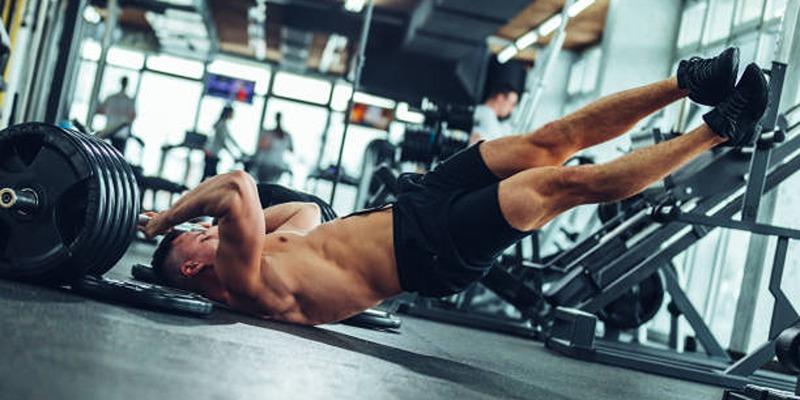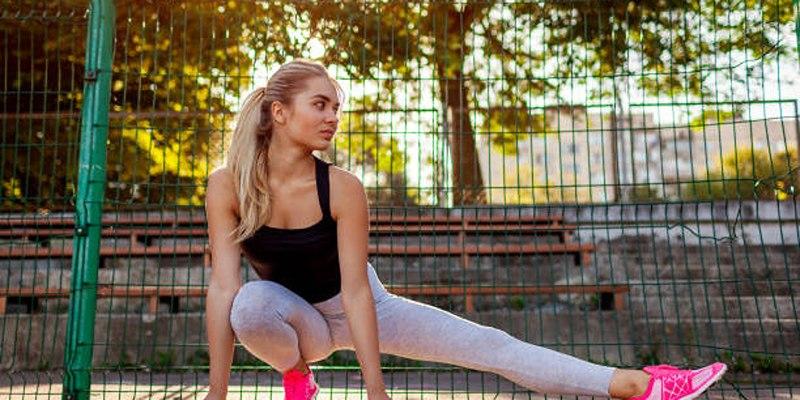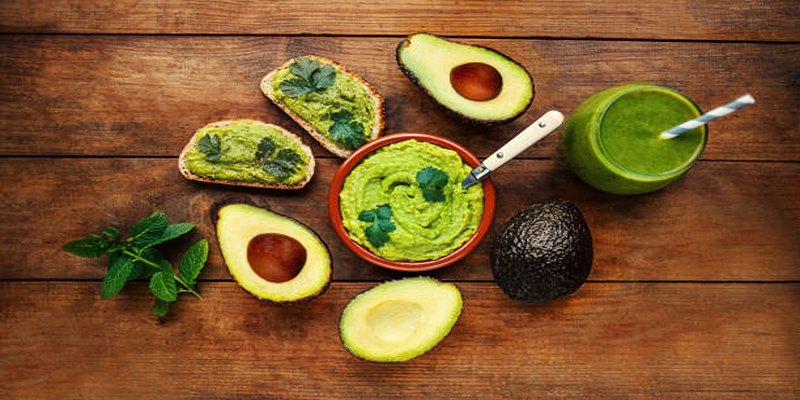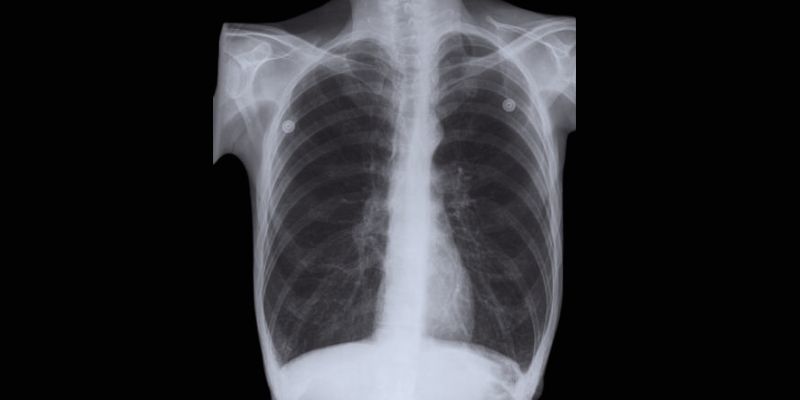Lower-body circuit workouts are an efficient way to train your legs, combining resistance and cardio in one session. They burn calories, build strength, and improve heart health. With minimal equipment like dumbbells or resistance bands—or just your body weight—you can do these functional, muscle-targeting exercises anywhere: at home, outside, or at the gym.
What Is a Leg Circuit and How It Works
 A leg circuit is a workout format where you perform a series of exercises focused on your lower body with minimal rest in between. After completing one round of all exercises, you take a short break and then repeat the circuit.
A leg circuit is a workout format where you perform a series of exercises focused on your lower body with minimal rest in between. After completing one round of all exercises, you take a short break and then repeat the circuit.
Each circuit typically includes movements that target major muscle groups in your lower body, such as your glutes, hamstrings, quadriceps, calves, and hips. Instead of spending an hour doing sets and rests for each muscle group, circuits help you save time while still building strength and endurance.
These workouts also challenge your cardiovascular system. Because you’re constantly moving, your heart rate stays elevated, which burns more calories and improves your conditioning.
Who Should Try This Lower-Body Circuit?
Whether you’re a beginner looking to start working out or someone who exercises regularly but wants to spice up leg day, this circuit workout is for you.
- Beginners will find it approachable because it uses natural body movements.
- Busy professionals will love the time-saving format.
- Athletes can use it to improve lower-body endurance and speed.
- Anyone looking to build strength and burn fat at the same time will benefit.
It’s easy to modify based on your current fitness level. You can make it easier by adjusting the time or removing jumping exercises, or make it harder by adding resistance or increasing rounds.
Equipment You’ll Need for the Workout
This workout is flexible when it comes to equipment. You can do the whole routine with just your body weight. But if you want to make it more challenging, having a few items can help:
- Dumbbells: Great for squats, lunges, and step-ups
- Resistance bands: Useful for glute bridges and squats
- Chair or step: Needed for step-ups
- Mat or towel: For comfort during glute bridges
- Timer or phone: To track intervals
This setup makes the workout easy to do at home, even in a small space.
Step-by-Step Lower-Body Circuit Workout
This workout includes six exercises. Perform each move for 45 seconds, rest for 15 seconds, and move to the next. Once you finish all six, take a 90-second rest, then repeat the entire circuit 2–3 times depending on your fitness level.
1. Bodyweight Squats
Bodyweight squats are an excellent lower-body exercise that targets multiple muscle groups. They primarily work the quads, hamstrings, and glutes, helping to build strength and stability in the legs and hips. Additionally, they engage the core, promoting balance and improving overall functional fitness.
How to do it:
- Start by standing straight with your feet shoulder-width apart.
- Bend your knees and push your hips back to lower your body.
- Go as low as you can while keeping your chest up and your back straight.
- Push through your heels to rise back to a standing position.
Why it's effective:
Squats mimic everyday movements like sitting and standing. They strengthen your legs and hips while improving balance and posture.
Progression: Add dumbbells at shoulder level or do jump squats.
2. Walking Lunges
This exercise is designed to build strength in your glutes, quads, hamstrings, and calves. By targeting these key muscles, it helps improve both power and stability in your lower body. Stronger lower body muscles are essential for activities such as running, jumping, and climbing, making this exercise a great addition to any fitness routine.
How to do it:
- Stand upright and step forward with your right leg.
- Bend both knees to form 90-degree angles.
- Push off your back foot and step forward with your left leg.
- Repeat, alternating legs, for the entire set.
Why it’s effective:
Walking lunges build single-leg strength and stability. They also stretch your hip flexors, which are often tight from sitting.
Modifications: Do alternating lunges in place if space is limited.
3. Glute Bridges
This exercise focuses on strengthening the glutes and hamstrings, enhancing both power and stability in the lower body. It also activates the lower back muscles, promoting better posture and improved core support.
How to do it:
- Start by lying on your back with your legs bent and your feet pressed flat against the floor.
- Place your arms by your sides.
- Push through your feet and lift your hips toward the ceiling.
- Engage your glutes at the top, then lower your hips back down slowly.
Why it’s effective:
This move strengthens the back of your legs, improves hip mobility, and can help relieve lower back discomfort.
Add resistance: Place a dumbbell or resistance band across your hips.
4. Step-Ups
Quads, glutes, and calves. This exercise targets your lower body, engaging the quadriceps for strength, the glutes for stability and power, and the calves for balance and support.
How to do it:
- Stand in front of a step, box, or stable chair.
- Step up with your right foot, driving through the heel.
- Bring your left foot up to meet it, then step down.
- Repeat and alternate legs.
Why it’s effective:
Step-ups mimic real-life movement and build strength for activities like climbing stairs. They also improve balance and stability.
Make it harder: Hold dumbbells in each hand.
5. Jump Squats
This exercise primarily targets your quads, glutes, and calves, helping to build lower body strength and stability. It also engages your core muscles, improving balance and overall body control.
How to do it:
- Begin in a squat position.
- Jump explosively upward.
- Land gently back into a squat and repeat the movement.
Why it’s effective:
Jump squats build explosive power and speed. They also spike your heart rate, turning this into a high-intensity move.
Modify it: Do regular squats if jumping feels too hard on your knees.
6. Calf Raises
Calves, specifically targeting the gastrocnemius and soleus muscles. These muscles play a key role in movements like walking, running, and jumping by helping to lift your heels and propel your body forward.
How to do it:
- Stand upright with your feet hip-width apart.
- Slowly raise your heels off the ground until you’re on your toes.
- Pause at the top, then lower your heels back down.
Why it’s effective:
Strong calves help with walking, running, and jumping. They also support ankle and knee health.
Progression: Do single-leg calf raises for extra challenge.
Weekly Plan to Stay on Track
To build consistency, follow this simple weekly structure:
- Monday: Lower-body circuit (2–3 rounds)
- Wednesday: Upper-body or core-focused workout
- Friday: Lower-body circuit (3 rounds)
- Sunday: Optional active recovery (walk, yoga, or stretch)
This schedule gives your muscles time to recover while keeping you active throughout the week.
Helpful Tips to Maximise Your Results
 Here are some practical tips to help you get the most out of your training routine.
Here are some practical tips to help you get the most out of your training routine.
Focus on Form Over Speed
Rushing through movements can lead to poor form and injury. Move at a pace where you can maintain good posture, alignment, and muscle control.
Stay Hydrated and Warm Up
Always warm up before your circuit with 5–7 minutes of dynamic stretches or light cardio. After your workout, stretch the muscles you worked to avoid stiffness.
Track Your Progress
Write down how many rounds you complete and any weights you use. Over time, aim to increase your reps, add resistance, or cut rest times slightly.
Conclusion
Lower-body circuit workouts combine strength, endurance, and cardio in a simple and time-efficient format. You don’t need expensive gear or long hours to get results. Just a few rounds of focused, intentional effort can transform your legs and improve your overall fitness. Whether you're aiming for stronger thighs, firmer glutes, or just want to move better in daily life, this workout gives you the structure and flexibility to reach those goals.












